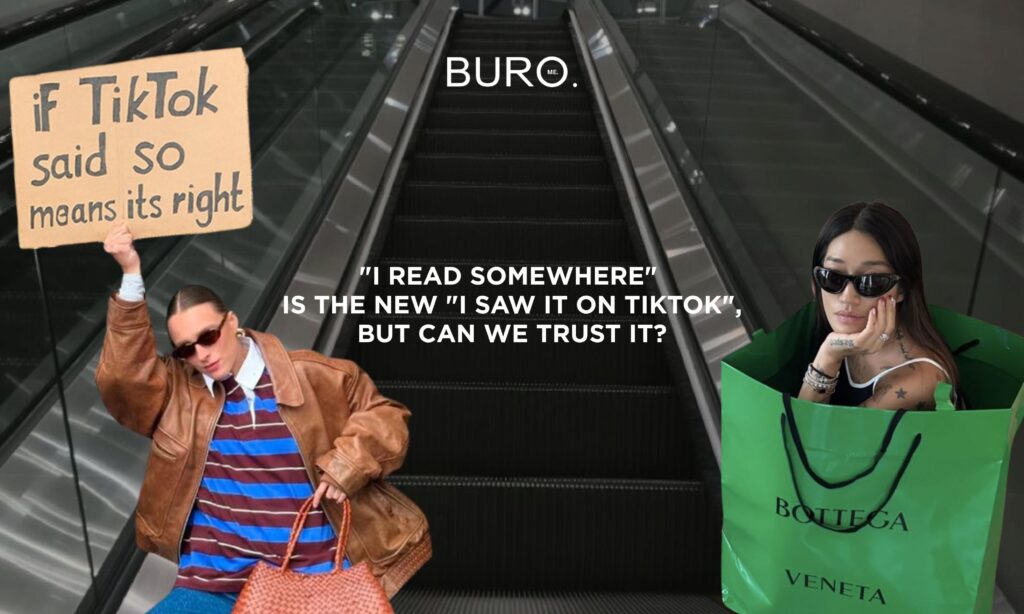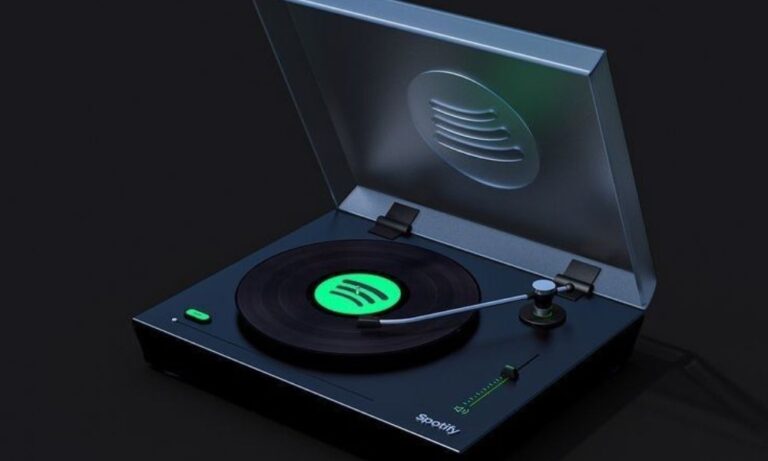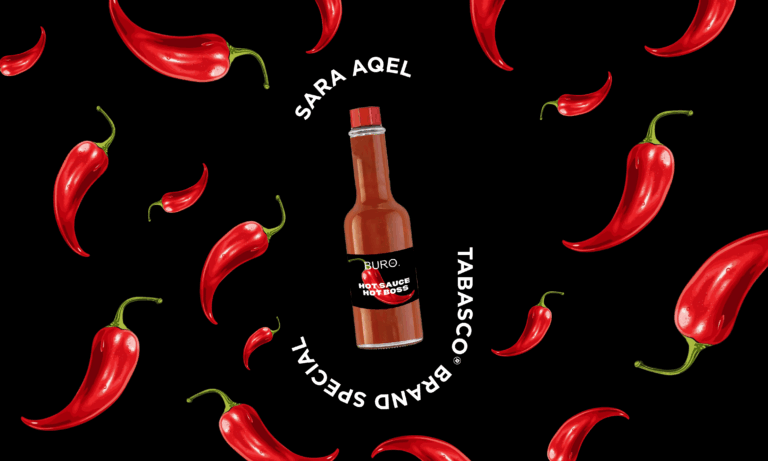In a world where attention spans are shrinking faster than your screen-time warnings can flash, the phrase *“I saw it on TikTok”* has become the go-to disclaimer for anything from skincare hacks to economic theory. But lately, a new (or rather old) phrase is making a quiet comeback: *“I read somewhere…”*
What once felt like a vague, possibly fabricated claim is now being rebranded as a badge of credibility. Why? Because people are starting to realize that not everything said on TikTok is, well, true. With misinformation on the rise and AI-generated content muddying the waters, “I read somewhere” is becoming the Gen Z and Millennial way of signaling, *“I did my research… kinda.”*
Are People Actually Reading?
Sort of. With newsletters, Substacks, long-form journalism, and even Reddit threads gaining momentum, bite-sized content fatigue is setting in. People want depth again, at least when the algorithm gives them a break. “Reading” now includes listening to article recaps, skimming expert threads on X (formerly Twitter), or diving into a well-researched TikTok carousel. So yes, people are reading, just differently.
Is TikTok a Reliable Source?
TikTok is brilliant for discovery, entertainment, and quick takes, but it’s not always fact-checked. The platform’s rapid-fire nature encourages creators to prioritize virality over verification. That said, TikTok *can* be a gateway to more reliable information, if it sparks curiosity and nudges viewers to dig deeper.
So, What’s the Verdict?
“I saw it on TikTok” is still here, but it’s no longer enough on its own. “I read somewhere” signals a shift toward wanting more thoughtful sources, even if no one remembers *exactly* where they read it. The key? Stay curious, double-check your facts, and don’t believe everything that comes with background music.




